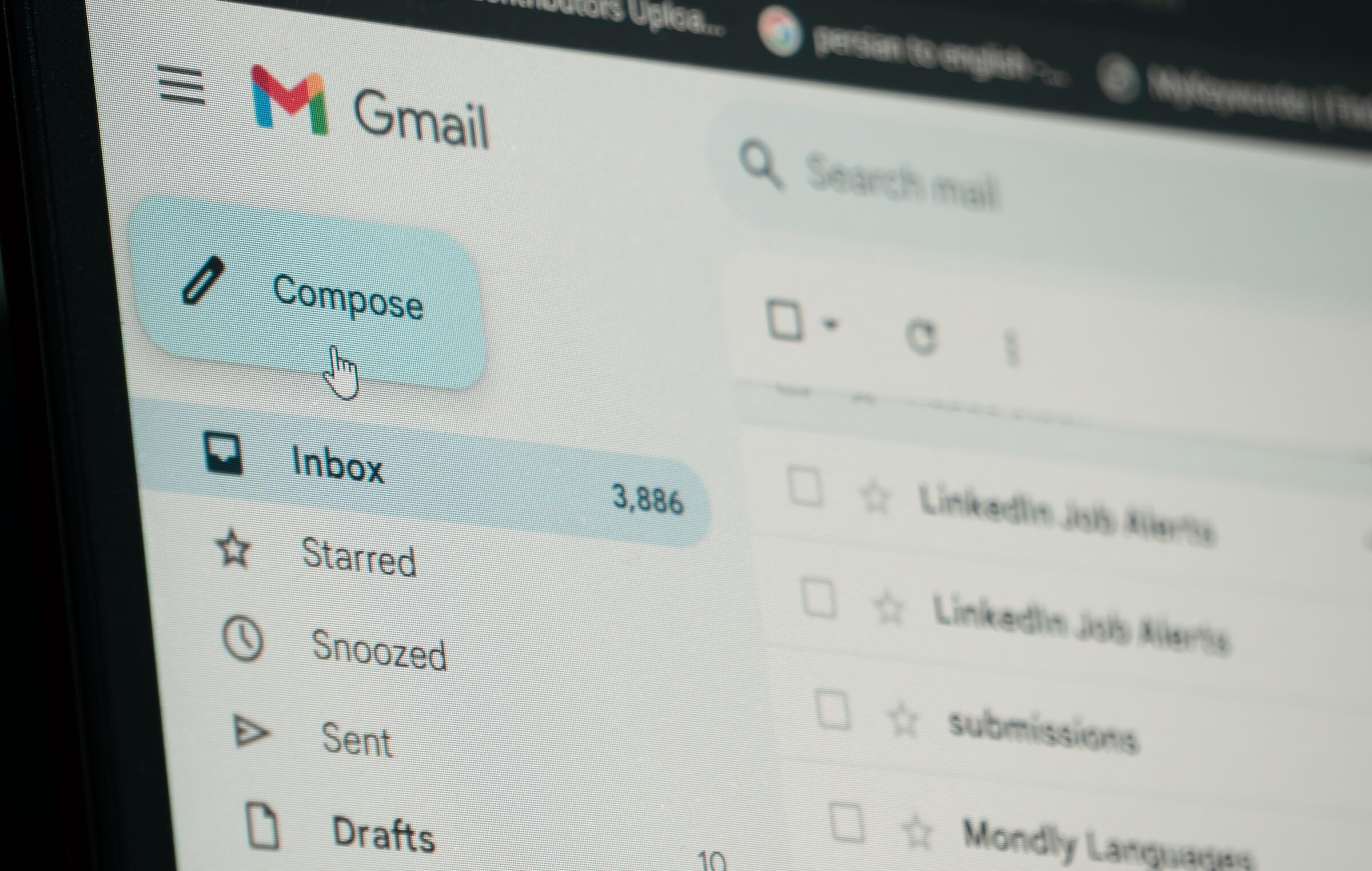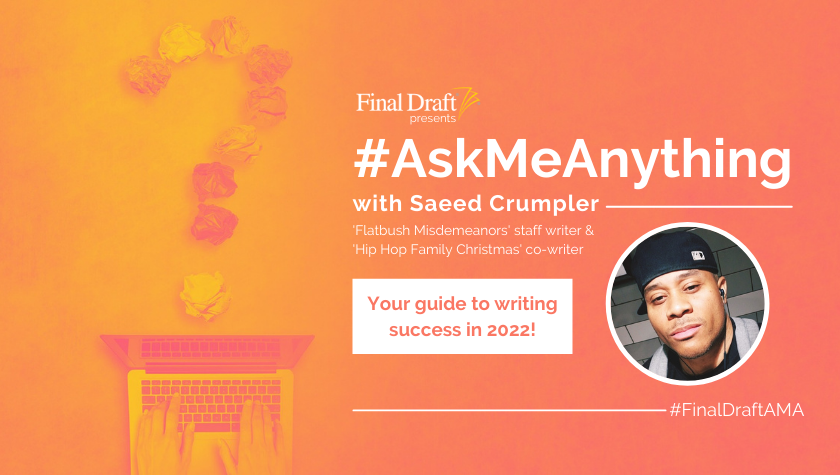Against All Odds: How a Black Writer from the Bay Area Queried His Way to Being Repped
June 9, 2020
Should I query? Should I not query? I was told by so many not to, I was told, “No one reads query letters, anymore.”
But, as one of the greatest screenwriters of all-time, William Goldman, once famously theorized, “No one in Hollywood knows anything”. As an emerging writer, one of the things we need and seek the most is information. The problem with information is, it’s all comprised of so many different opinions. When I finally had a script that I was excited about—after going through numerous rewrites—with another sample that went through just as many rewrites as the first in my portfolio, I wondered, how did I go out and get a manager now? Most people I researched said, “Don’t send queries, no one reads query letters.” Being the hard-headed, Bay Area-born thinker I am, I remembered those words that the late great William Goldman said. I ignored the talk and queried. After a few weeks, I got several script requests and guess what? I got a manager!
That being said, I decided to share with other up-and-coming writers what I did to make my query letter stand out. This might work for you, and it may not. But what do you have to lose by trying?
Key Components Checklist For a Good Query
- Quick and to the point.
Make your query “short and sweet.” I keep my queries to one paragraph and no more than five sentences. After listening to hours of manager interviews, one thing they all have in common is they hate it when they get an email that’s paragraphs and paragraphs of typing. If it’s too long, “it will get deleted.”
- Make it personal.
Do not, under any circumstances, say “Dear Manager”. Make sure you’ve taken the time to research their full name (even if you don’t use the whole thing) and spelling it correctly matters. If you make the mistake of copying and pasting the query with the wrong name, you will immediately get sent to the trash folder, or worse, get blocked. Do some research. Maybe you have some similarities, writing-wise, to some of their clients—mention that!
- Have a solid logline and clear genre.
A good, clear logline and solid understanding of the genre you’re writing in should be evident. Your logline should be one or two sentences, tops. I know you think you have several great screenplays and you want to list them all, but: DO NOT DO THAT. Use the logline from your most polished script and send that one. Managers hate when writers send multiple loglines. It shows that you are inexperienced and delusional, which will also equal a quick delete. Save that second script for when they ask the inevitable, “What else do you have?” Also make sure you list your genre: Drama, Action, Comedy, Horror, Sci-Fi.
- If you’re a diverse writer, say so.
If you’re a diverse writer, make sure you include your race and gender. Despite what you might think, most managers are looking to diversify their roster. Many have mostly white male writers, so they need your voice. Don’t hide your race. The first line of my query had my name and my race.
- List major accomplishments and contest winnings.
Be sure to list any accomplishments you have. If you placed in a contest, no matter how small, list it. At the time I queried, I had only one contest placement. If you don’t have a contest placement, list the school you went to.
Plan to wait about two to three weeks for a manager to respond to your query. Keep in mind that a popular manager gets about 100 queries a month. If they don’t respond, it might be a “soft pass.” Make sure you have two polished samples ready to go because ninety percent of the managers out there are going to want to read two pieces of your writing. The first one to see if you can write. The second, to make sure you aren’t a “one trick pony.”
Good luck!
Written by: Saeed Crumpler
Saeed Crumpler, an African American Screenwriter, grew up in Oakland, CA in the Bay Area. He attended nearby San Francisco State University where he graduated with a degree in Screenwriting, and also had a successful independent hip-hop career. Recently he attended UCLA Professional Program in Writing for Television. Follow Saeed on Twitter via @balance510- Topics:
- Discussing TV & Film




